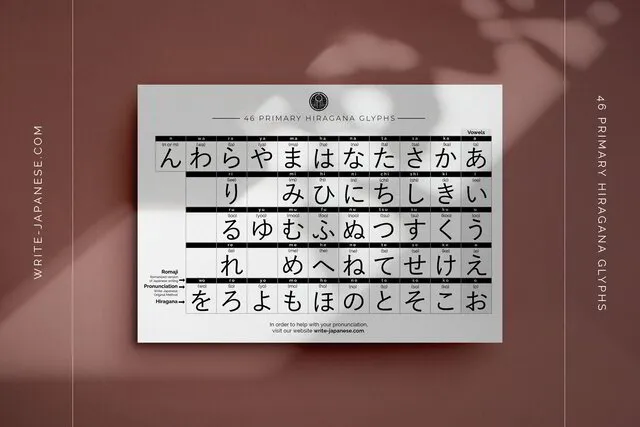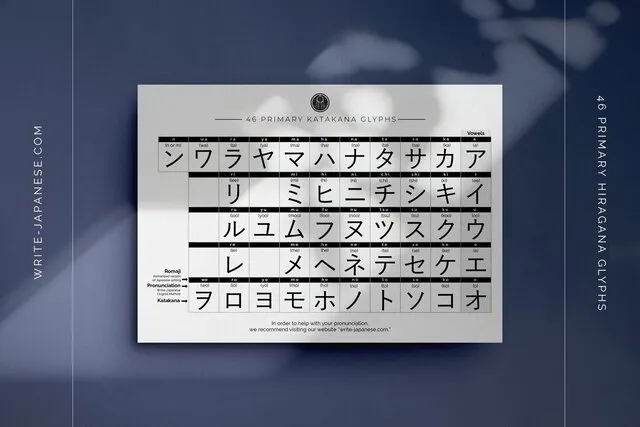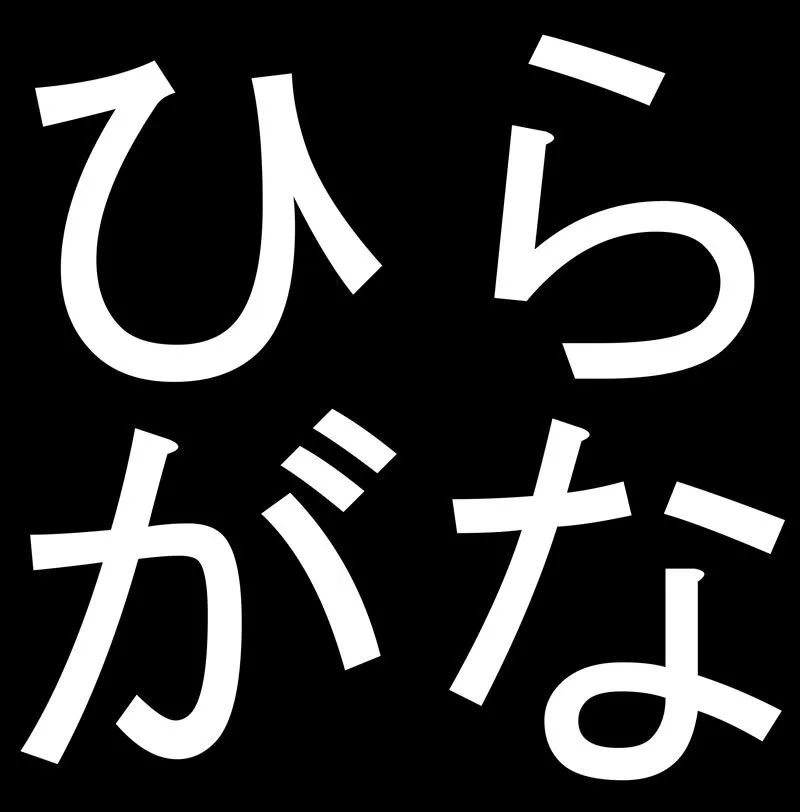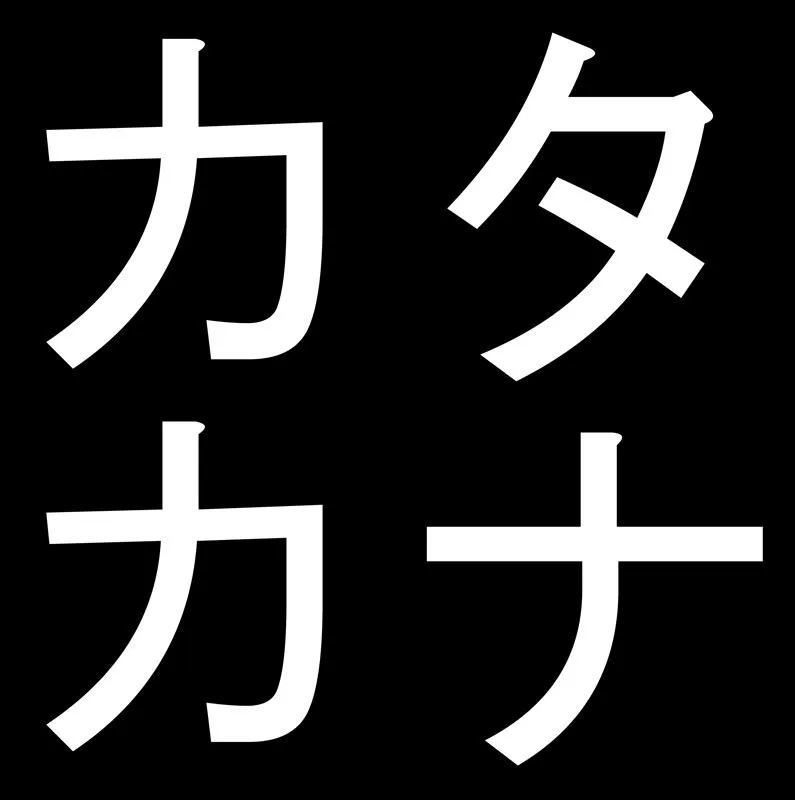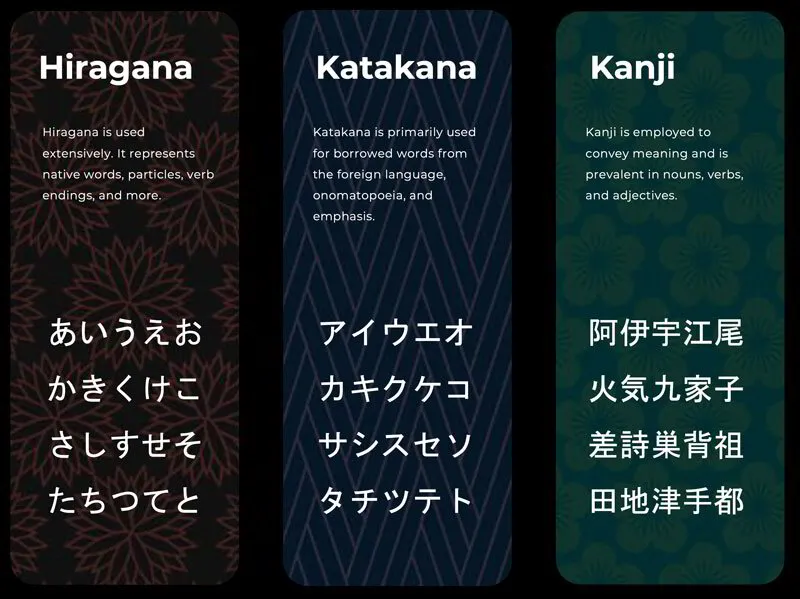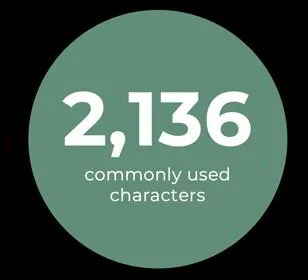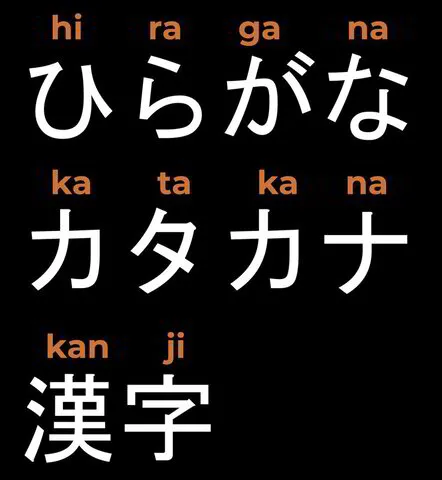MODERN JAPANESE
Romaji Hub
MODERN JAPANESE
Romaji Hub
Learn Romaji Before You Start Japanese
Welcome to the Modern Japanese’s Romaji Course!
We’re excited to help you kickstart your journey into the beautiful world of the Japanese language.
This lesson is beneficial for beginners learning Japanese to familiarize themselves with Romaji, the Romanized form of Japanese writing, Romaji can serve as a useful stepping stone for beginners to understand pronunciation and gain initial familiarity with the language.
To guide you through this course, let's take a look at the lesson plan we have prepared.
Materials Needed:
FREE DOWNLOAD
You don't need anything extra for this lesson. But, if it would help you better understand the relationship between Romaji and Hiragana, you can download a handy Hiragana & Katakana Glyphs and Worksheet. All you need to do is signup to our newsletter.
JAPANESE WRITING SYSTEMS
Hiragana
Hiragana is used extensively. It represents native words, particles, verb endings, and more. There are 46 primary characters and 71 other variations in Modern Japanese.
As beginners, it's essential to start with Hiragana. Children in Japan also learn Hiragana first because it helps in grasping the basics of pronunciation and understanding the structure of the language.
But as foreigners who are new to the Japanese language, we highly recommend learning Romaji first or simultaneously with Hiragana.
Romaji serves as a helpful tool to ease your transition and gain familiarity with pronunciation.
JAPANESE WRITING SYSTEMS
Katakana
Katakana is a Japanese script used for foreign words, onomatopoeia, and emphasis. It has angular and straighter strokes compared to hiragana. Learning Katakana expands vocabulary and helps understand words borrowed from other languages.
There are 46 primary characters and 72 other variations. in modern Japanese, there is a significant influence of foreign words and loanwords from other languages. Katakana is commonly used to represent these foreign words and non-Japanese sounds. This expanded usage accounts for the additional variations, allowing for a more comprehensive representation of the diverse range of sounds found in different languages.
JAPANESE WRITING SYSTEMS
Kanji
Kanji, originally derived from Chinese characters, are extensively used in Japanese writing. Each Kanji character represents a word or concept, conveying both meaning and pronunciation.
With a total of 2,136 commonly used characters, learning Kanji is crucial for comprehending Japanese texts, including nouns, verbs, and adjectives. On average, Japanese speakers utilize around 1,000 to 2,000 Kanji characters. It's worth noting that native Japanese speakers continue to encounter new Kanji characters throughout their lives due to the vastness and dynamic nature of the Japanese writing system.
JAPANESE WRITING SYSTEMS
Romaji
By learning Romaji, you'll gain the ability to read and pronounce Japanese words without initially relying on the complex Japanese scripts. This allows you to develop accurate pronunciation, build vocabulary, and gradually transition to the traditional Japanese writing systems.
Additionally, learning Romaji can also be beneficial for typing Japanese on a keyboard.
That's why it's highly recommended for English speakers to learn Romaji first before delving into the intricacies of the Japanese language.
JAPANESE WRITING SYSTEMS
Hiragana is used extensively. It represents native words, particles, verb endings, and more. There are 46 primary characters and 71 other variations in Modern Japanese.
As beginners, it's essential to start with Hiragana. Children in Japan also learn Hiragana first because it helps in grasping the basics of pronunciation and understanding the structure of the language.
But as foreigners who are new to the Japanese language, we highly recommend learning Romaji first or simultaneously with Hiragana.
Romaji serves as a helpful tool to ease your transition and gain familiarity with pronunciation.
JAPANESE WRITING SYSTEMS
Katakana is a Japanese script used for foreign words, onomatopoeia, and emphasis. It has angular and straighter strokes compared to hiragana. Learning Katakana expands vocabulary and helps understand words borrowed from other languages.
There are 46 primary characters and 72 other variations. in modern Japanese, there is a significant influence of foreign words and loanwords from other languages. Katakana is commonly used to represent these foreign words and non-Japanese sounds. This expanded usage accounts for the additional variations, allowing for a more comprehensive representation of the diverse range of sounds found in different languages.
JAPANESE WRITING SYSTEMS
Katakana is a Japanese script used for foreign words, onomatopoeia, and emphasis. It has angular and straighter strokes compared to hiragana. Learning Katakana expands vocabulary and helps understand words borrowed from other languages.
There are 46 primary characters and 71 other variations. in modern Japanese, there is a significant influence of foreign words and loanwords from other languages. Katakana is commonly used to represent these foreign words and non-Japanese sounds. This expanded usage accounts for the additional variations, allowing for a more comprehensive representation of the diverse range of sounds found in different languages.
JAPANESE WRITING SYSTEMS
Hiragana is used extensively. It represents native words, particles, verb endings, and more. There are 46 primary characters and 71 other variations in Modern Japanese.
As beginners, it's essential to start with Hiragana. Children in Japan also learn Hiragana first because it helps in grasping the basics of pronunciation and understanding the structure of the language.
But as foreigners who are new to the Japanese language, we highly recommend learning Romaji first or simultaneously with Hiragana.
Romaji serves as a helpful tool to ease your transition and gain familiarity with pronunciation.
JAPANESE WRITING SYSTEMS
Katakana is a Japanese script used for foreign words, onomatopoeia, and emphasis. It has angular and straighter strokes compared to hiragana. Learning Katakana expands vocabulary and helps understand words borrowed from other languages.
There are 46 primary characters and 72 other variations. in modern Japanese, there is a significant influence of foreign words and loanwords from other languages. Katakana is commonly used to represent these foreign words and non-Japanese sounds. This expanded usage accounts for the additional variations, allowing for a more comprehensive representation of the diverse range of sounds found in different languages.
JAPANESE WRITING SYSTEMS
Kanji, originally derived from Chinese characters, are extensively used in Japanese writing. Each Kanji character represents a word or concept, conveying both meaning and pronunciation.
With a total of 2,136 commonly used characters, learning Kanji is crucial for comprehending Japanese texts, including nouns, verbs, and adjectives. On average, Japanese speakers utilize around 1,000 to 2,000 Kanji characters. It's worth noting that native Japanese speakers continue to encounter new Kanji characters throughout their lives due to the vastness and dynamic nature of the Japanese writing system.
JAPANESE WRITING SYSTEMS
By learning Romaji, you'll gain the ability to read and pronounce Japanese words without initially relying on the complex Japanese scripts. This allows you to develop accurate pronunciation, build vocabulary, and gradually transition to the traditional Japanese writing systems.
Additionally, learning Romaji can also be beneficial for typing Japanese on a keyboard.
That's why it's highly recommended for English speakers to learn Romaji first before delving into the intricacies of the Japanese language.





